“2 Propanol 2.5 litres (IPA)” has been added to your cart. View cart
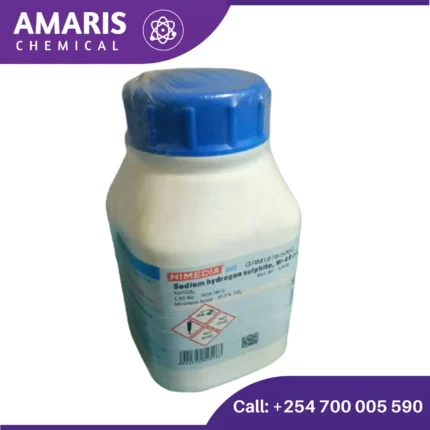
Sodium Hydrogen Sulphite 500gm
$2,500.00 Original price was: $2,500.00.$2,300.00Current price is: $2,300.00.
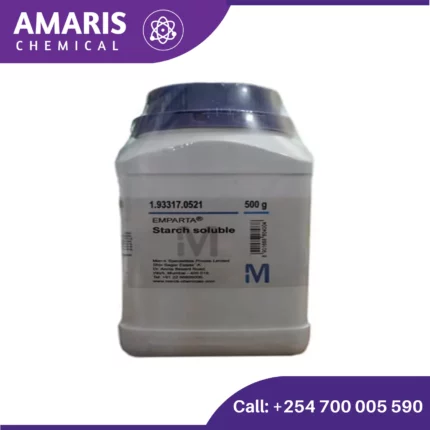
Soluble Starch Powder 500gm
$2,500.00 Original price was: $2,500.00.$2,300.00Current price is: $2,300.00.
Sodium Metal 100gm
$3,000.00 Original price was: $3,000.00.$2,500.00Current price is: $2,500.00.
Whatsapp Order
Chemical Formula: Na
Appearance: Sodium metal is a soft, silvery-white, highly reactive metal. It is shiny when freshly cut but tarnishes rapidly in air due to oxidation.
Physical Properties:
- Atomic Number: 11
- Density: 0.97 g/cm³ at 20°C
- Melting Point: 97.79°C (207.02°F)
- Boiling Point: 883°C (1621°F)
- Hardness: Sodium is soft enough to be cut with a knife.
Chemical Properties:
- Reactivity: Sodium is highly reactive, especially with water, producing sodium hydroxide and hydrogen gas. This reaction is exothermic and can be explosive. 2Na+2H2O→2NaOH+H22Na + 2H_2O → 2NaOH + H_22Na+2H2O→2NaOH+H2
- Oxidation: In air, sodium rapidly oxidizes, forming a layer of sodium oxide (Na_2O).
Storage: Due to its reactivity, sodium metal is stored under oil or in an inert atmosphere, such as argon, to prevent reactions with moisture and oxygen in the air.
SKU:
ACS73664CHEM0
Category: Analytical Reagents
Description
Table of Contents
ToggleUses of Sodium Metal
Laboratory Uses of Sodium Metal
- Reduction Reactions:
- Organic Synthesis: Sodium is used as a reducing agent in the synthesis of various organic compounds, such as in the Birch reduction where it reduces aromatic rings to cyclohexadienes.
- Inorganic Chemistry: It reduces metal oxides to their respective metals. For example, in the preparation of titanium via the Kroll process.
- Formation of Alkoxides:
- Sodium reacts with alcohols to form sodium alkoxides, which are important intermediates in organic synthesis.
- Example: Sodium ethoxide (NaOEt) can be prepared by reacting sodium with ethanol.
- Preparation of Sodium Salts:
- Sodium metal reacts with various acids to produce sodium salts and hydrogen gas.
- Example: Sodium metal and hydrochloric acid produce sodium chloride (table salt).
- Drying Solvents:
- Sodium metal is used to dry solvents, especially those used in organic synthesis, by removing trace amounts of water.
- Example: Toluene and benzene can be dried using sodium metal.
- Preparation of Organosodium Compounds:
- Sodium metal is used in the synthesis of organosodium compounds, such as sodium naphthalide, which are used as powerful reducing agents.
- Catalyst in Chemical Reactions:
- Sodium is used as a catalyst or promoter in certain types of chemical reactions.
- Example: Sodium is used in the Wurtz reaction, which involves the coupling of alkyl halides to form higher alkanes.
- Sodium Fusion Test:
- In qualitative organic analysis, the sodium fusion test (Lassaigne’s test) is used to detect the presence of halogens, nitrogen, and sulfur in organic compounds.
- In this test, the organic compound is fused with sodium metal, converting these elements into water-soluble salts that can be detected.
- Heat Transfer Medium:
- While more common in industrial applications, sodium metal can be used as a heat transfer medium in certain laboratory settings, especially in high-temperature reactions due to its excellent thermal conductivity.
- Sodium Vapor Lamps:
- In some specialized laboratory setups, sodium vapor lamps are used for illumination and spectral analysis due to their intense yellow light
Reviews (0)
Be the first to review “Sodium Metal 100gm” Cancel reply
Related products
Acetic Acid 2.5litre
Acetic acid is an organic acid with the chemical formula CH3COOH, also known as ethanoic acid. It is a colorless liquid with a pungent, sour taste and a distinctive vinegar-like odor. Acetic acid is an important industrial chemical used in the production of various products, including solvents, plastics, textiles, and food additives. It is also the main component of vinegar, which is commonly used as a condiment and preservative in cooking and food preparation.
Aceto Carmine 100 ml
Aceto carmine is a staining solution used primarily in microscopy to highlight cellular components. It is a mixture of carmine dye and acetic acid. Here’s an overview of its properties, preparation, and uses:
Properties
- Color: Red to purplish-red.
- Solubility: Soluble in water and ethanol.
- Staining Characteristics: Stains chromatin and cytoplasmic components, providing contrast for better visualization under a microscope.
Preparation
- Ingredients:
- Carmine dye: A natural red dye extracted from the cochineal insect.
- Acetic acid: A colorless liquid organic compound with a pungent smell.
- Procedure:
- Dissolve a specific amount of carmine powder in hot distilled water.
- Add glacial acetic acid to the solution.
- Filter the mixture to remove any undissolved particles.
Aluminum Ammonium Sulphate
Aluminum ammonium sulfate, also known as ammonium alum or just alum, is a chemical compound with the formula (NH4)Al(SO4)2·12H2O. It's a white crystalline solid commonly used in water purification, leather tanning, and as a mordant in dyeing textiles.
In water purification, alum acts as a coagulant to remove impurities by causing suspended particles to clump together, making it easier for filtration to remove them. In leather tanning, it helps to stabilize the leather by tightening the collagen fibers. And in dyeing textiles, alum helps the dye adhere to the fabric.
However, it's important to note that excessive exposure to aluminum compounds like alum can be harmful, so it's typically used with caution and proper safety measures.
Aluminum Oxide 500 grams
Aluminum oxide, often referred to as alumina, is a chemical compound made up of aluminum and oxygen atoms (Al2O3). It occurs naturally in various minerals, including corundum and bauxite. It is one of the most widely used compounds, valued for its hardness, strength, and resistance to abrasion and corrosion.


 Emollients
Emollients Humectants
Humectants UV Filters
UV Filters Surfactants (cosmetic)
Surfactants (cosmetic) Preservatives (cosmetic)
Preservatives (cosmetic) Fragrances and Essential Oils
Fragrances and Essential Oils Antioxidants (cosmetics)
Antioxidants (cosmetics)
 Solvents (lab)
Solvents (lab) Chromatography Chemicals
Chromatography Chemicals Microbiology and Cell Culture Reagents
Microbiology and Cell Culture Reagents Biochemical Reagents
Biochemical Reagents Inorganic and Organic Standards
Inorganic and Organic Standards Spectroscopy Reagents
Spectroscopy Reagents Molecular Biology Reagents
Molecular Biology Reagents
 Precious Metal Extraction Agents
Precious Metal Extraction Agents
 Plasticizers
Plasticizers Polymerization Initiators
Polymerization Initiators Stabilizers
Stabilizers Monomers
Monomers Fillers and Reinforcements
Fillers and Reinforcements Antioxidants (plastics)
Antioxidants (plastics) Colorants (plastic pigments,Dyes)
Colorants (plastic pigments,Dyes)
 Fertilizers
Fertilizers Plant Growth Regulators
Plant Growth Regulators Soil Conditioners
Soil Conditioners Animal Feed Additives
Animal Feed Additives Biostimulants
Biostimulants
 Dough Conditioners
Dough Conditioners Flour Treatments
Flour Treatments Fat Replacers
Fat Replacers Preservatives (baking)
Preservatives (baking)
 Surfactants (cleaning)
Surfactants (cleaning) Builders
Builders Bleaching Agents
Bleaching Agents Enzymes
Enzymes Solvents (cleaning)
Solvents (cleaning) Fragrances
Fragrances Disinfectant
Disinfectant Metal cleaning
Metal cleaning
 Binders/Resins
Binders/Resins Pigments
Pigments Solvents (paint)
Solvents (paint) Additives
Additives Driers
Driers Anti-Corrosion Agents
Anti-Corrosion Agents Specialty Coatings
Specialty Coatings Functional Coatings
Functional Coatings Application-Specific Coatings
Application-Specific Coatings
 Sealants and Adhesives
Sealants and Adhesives
 Biodegradable Surfactants
Biodegradable Surfactants Bio-based Solvents
Bio-based Solvents Renewable Polymers
Renewable Polymers Carbon Capture Chemicals
Carbon Capture Chemicals Wastewater Treatment Chemicals
Wastewater Treatment Chemicals
 Preservatives (food)
Preservatives (food) Flavor Enhancers
Flavor Enhancers Acidulants
Acidulants Sweeteners
Sweeteners Emulsifiers
Emulsifiers Antioxidants (food)
Antioxidants (food) Colorants (food)
Colorants (food) Nutrient Supplements
Nutrient Supplements Nutraceutical Ingredients
Nutraceutical Ingredients
 Fresh Herbs
Fresh Herbs Whole Spices
Whole Spices Ground Spices
Ground Spices Spice Blends
Spice Blends
 Surfactants(oil)
Surfactants(oil)
 Antibiotics
Antibiotics Active Pharmaceutical Ingredients
Active Pharmaceutical Ingredients Excipients
Excipients Vaccine Adjuvants
Vaccine Adjuvants Nutraceutical Ingredients
Nutraceutical Ingredients Solvents (pharmaceutical)
Solvents (pharmaceutical)
 Automotive chemicals
Automotive chemicals Pyrotechnic Chemicals
Pyrotechnic Chemicals


 Vulcanizing Agents
Vulcanizing Agents Accelerators & Retarders
Accelerators & Retarders Antidegradants
Antidegradants Reinforcing Agents
Reinforcing Agents Plasticizers & Softeners
Plasticizers & Softeners Fillers & Extenders
Fillers & Extenders Blowing Agents
Blowing Agents Adhesion Promoters
Adhesion Promoters
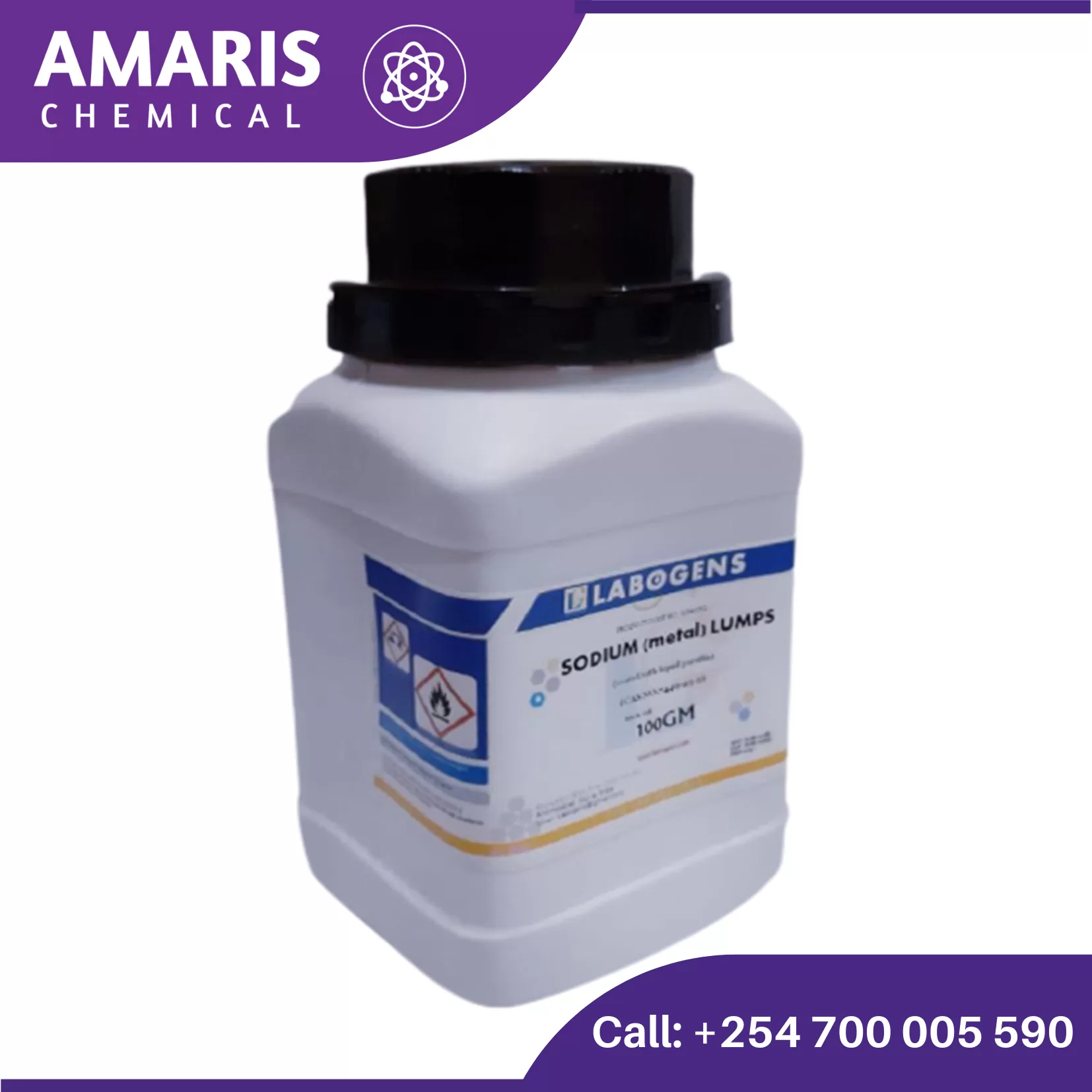
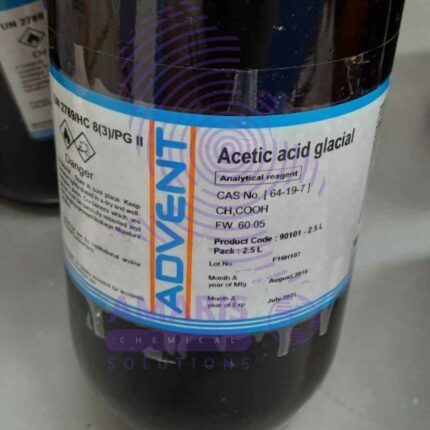
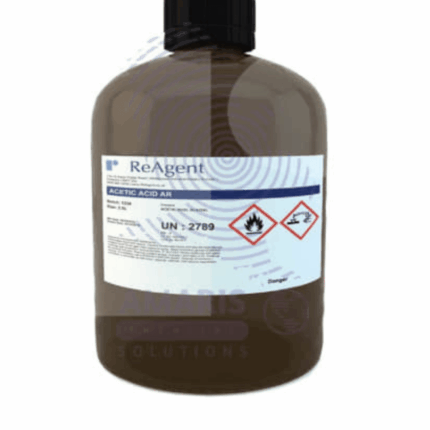
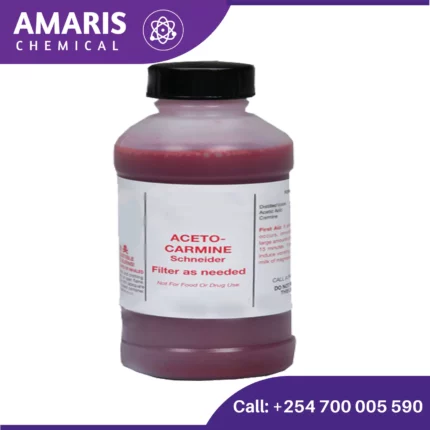
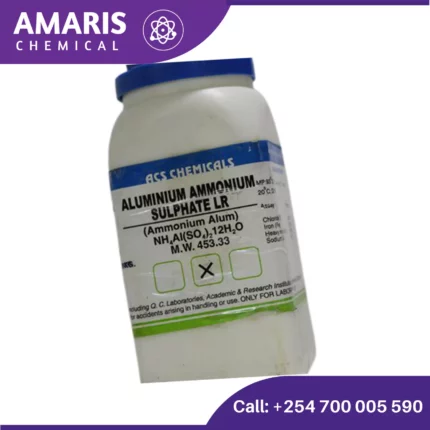
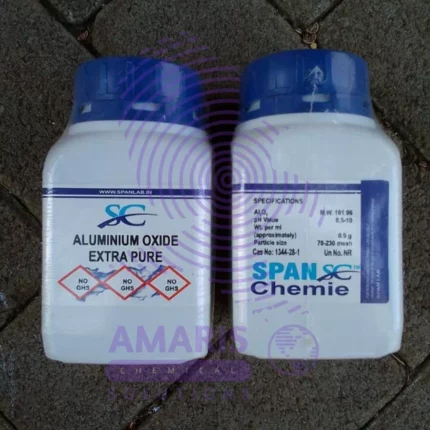
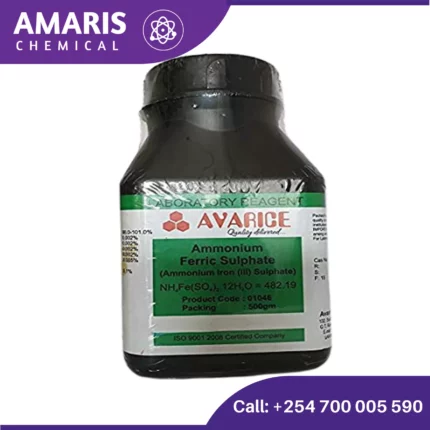
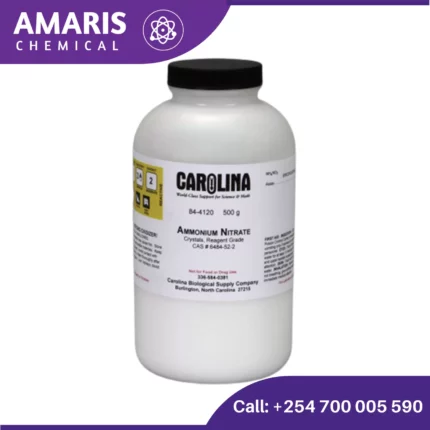

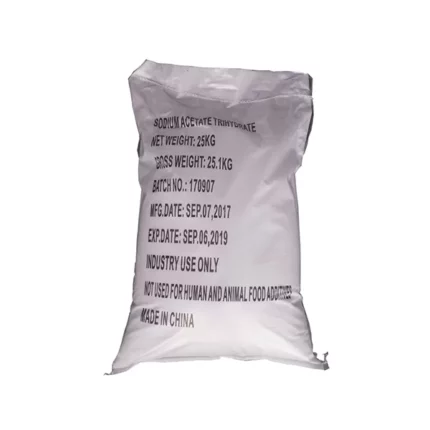














Reviews
There are no reviews yet.